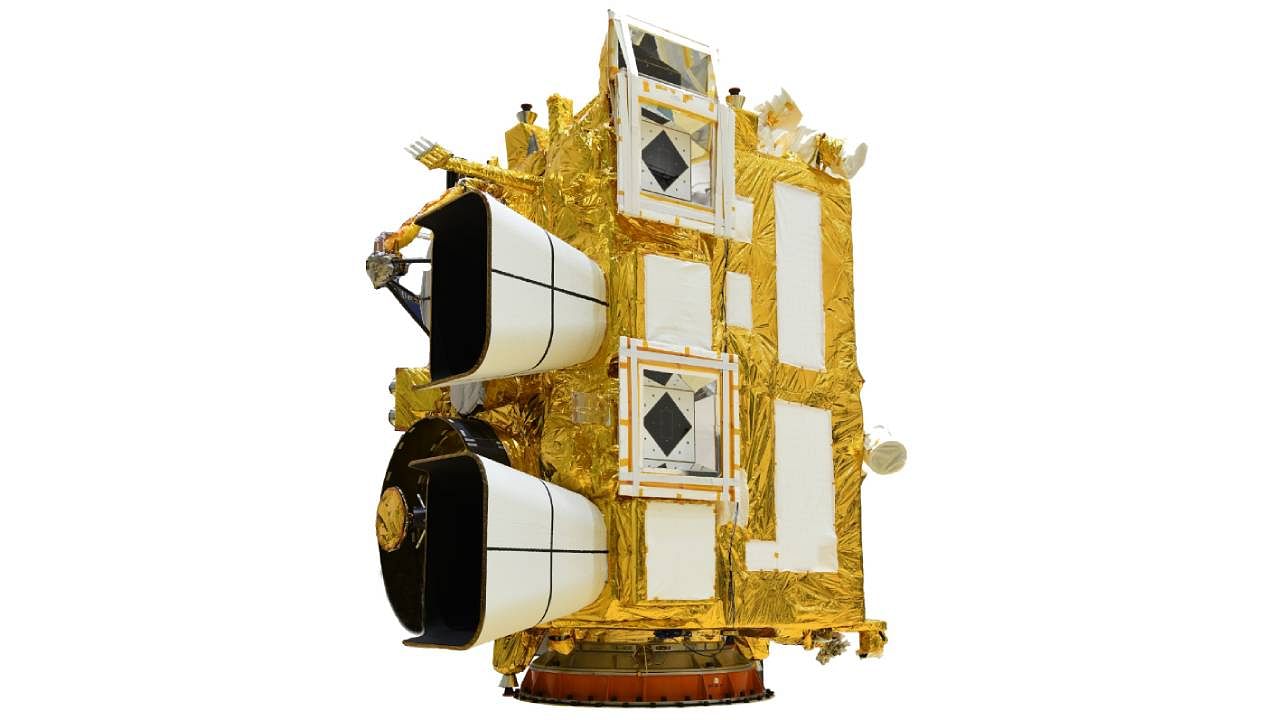
INSAT-3DS
Photo credit: Isro
Bengaluru: The run-up to the launch of INSAT-3DS – the Indian Space Research Organisation (Isro)’s new meteorological satellite – has commenced with the space agency completing the tests and reviews of the satellite. On January 25, Isro flagged off the satellite to the launch port at the Satish Dhawan Space Centre in Sriharikota.
The satellite is designed to provide continuity of services to the in-orbit earth observation satellites, INSAT-3D (launched in 2013) and INSAT-3DR (2016), and enhance the capabilities of the INSAT platform. Its launch, onboard the GSLV F14, is tentatively scheduled for February.
The assembly, integration and testing of INSAT-3DS was completed at the U R Rao Satellite Centre in Bengaluru. “The satellite is a user-funded project with the Ministry of Earth Sciences, configured around Isro's well-proven I-2k bus platform (for 2,000 kg-class satellites) with a lift-off mass of 2,275 kg,” Isro said. The space agency also noted the significant contribution of the Indian industries in the making of the satellite.
INSAT-3DS comes with capabilities for enhanced meteorological observations and to monitor the land and ocean surfaces for weather forecasting and disaster warning. Like INSAT-3D and INSAT-3DR, it carries a Data Relay Transponder (DRT) and a search and rescue transponder.
The DRT receives meteorological, hydrological and oceanographic data from automatic data collection platforms/automatic weather stations and augments the satellite’s weather forecasting capabilities. The search and rescue transponder is incorporated in the satellite to relay a distress signal/alert detection from the beacon transmitters for search and rescue services, with a global receive coverage, Isro said.